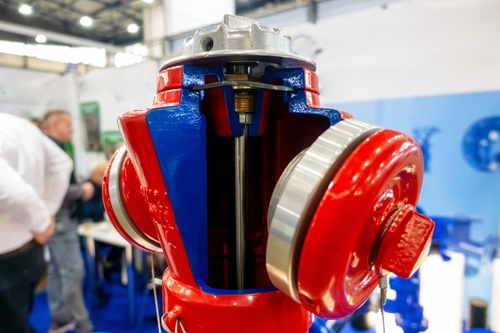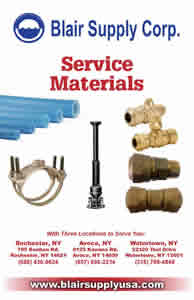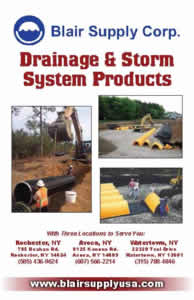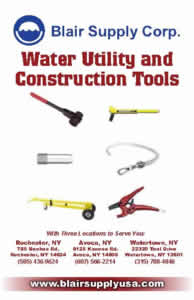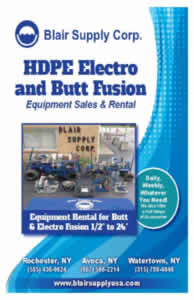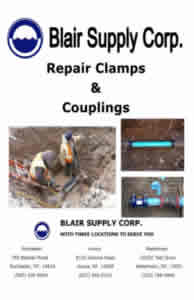Blog
Choosing the Right Fire Hydrant: The Guide
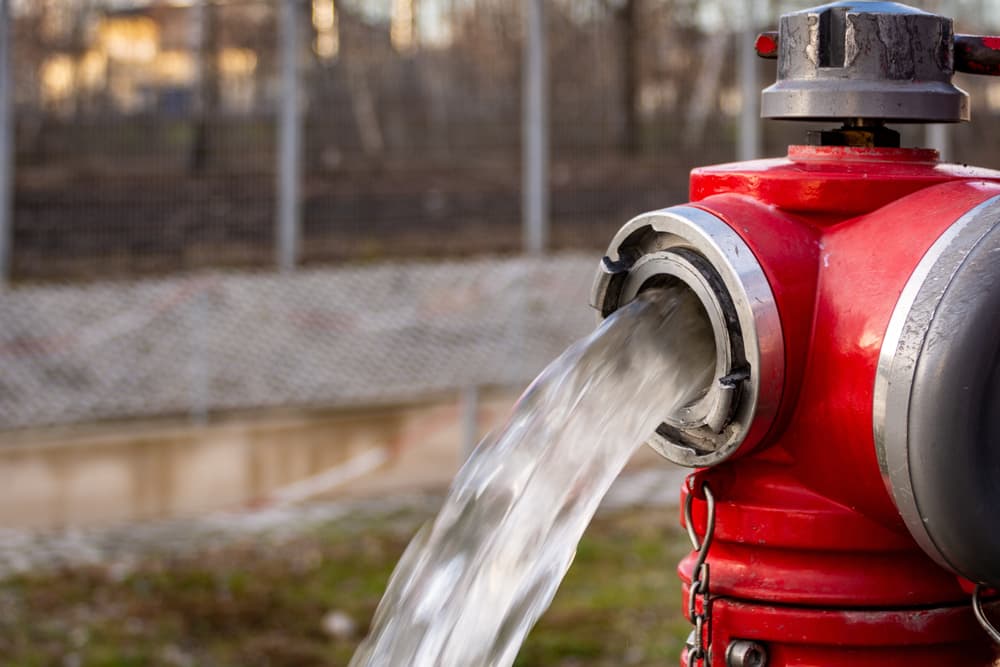
Whether residential, commercial, industrial, or any other setting, ensuring fire safety is paramount. The first step toward achieving that goal is the selection of fire hydrants that will be installed throughout the property. Only, how do you choose the right one?
Sure, you might have heard of Mueller fire hydrants and their reputation for excellence – but what exactly makes them so highly desirable? That’s what we’re here to discover, so let’s dive in and give you everything you need to select the ideal fire hydrant for you.
What are the requirements of a good hydrant?
To be considered “good” (or, rather, “excellent”), a fire hydrant must meet the following criteria:
- Reliable water pressure & flow: A good hydrant must provide adequate water pressure and consistent flow on demand and without the need for extra operator intervention. This is the absolute key feature as it is directly responsible for the success of the firefighting operations.
- Sturdiness: To be able to withstand environmental conditions, physical damage, and high water pressure and ensure reliability over prolonged periods, the fire hydrant must be made from robust materials that meet the established industry standards.
- Durability: Since hydrants are in contact with water, rust and corrosion resistance are highly coveted features. Resistance to freezing is also a major factor in areas with colder climates, such as Rochester, NY or similar locations in the northern stretch of the US.
- Ease of operation: Fire hydrants should be simple to operate with only standardized tools, especially in high-risk high-stress situations that require swift and decisive action.
- Accessibility: The design of the hydrant must allow for the installation at the correct height and at regulations-designated space for easy access, especially in case of emergencies.
- Visibility: Every unit should be color-coded according to the established guidelines, so they are easy to spot and their capacity identified at a glance.
- Ease of maintenance: A good hydrant should be easy to maintain, with parts that are readily available to procure and straightforward to repair or replace.
What is the life expectancy of a fire hydrant?
A good fire hydrant, one made of sturdy materials and engineered with precision, can easily last upwards of 50 years. Of course, the quality and regularity of maintenance play a critical role in ensuring the hydrant’s longevity and long-term reliability. For best results, it is recommended that a fire hydrant undergo an inspection and servicing at least once a year.
How many fire hydrants do I need?
The number of fire hydrants you’ll need depends on three factors:
- Local building codes & regulations: Every municipality has specific rules that dictate the number, placement, and type of fire hydrants that should be installed on the property.
- Note: The regulations can differ quite significantly from one province to another, so it is highly advisable to check in with local authorities or fire departments for the specifics.
- Size & layout of the area: Larger properties, especially those that feature lots of buildings or facilities, typically require more hydrants to ensure adequate coverage (and vice versa).
- Fire risk level: Some areas carry a higher risk of fire hazard, as is the case with industrial sites, commercial buildings, or densely populated urban zones.
How do I find a top-rated Mueller fire hydrant for sale near me?
Blair Supply Corp. is the premier destination if you’re looking for top-tier fire hydrants made by the USA’s leading manufacturer: Mueller, Co.
Renowned for their quality builds and precision engineering, Mueller’s fire hydrants are the de facto standard-setters, guaranteeing long-term durability and reliability.
In addition, you can turn to us for all other water and wastewater materials. We’re a 60-year veteran of the industry with an extensive network of proven partners, and we serve the entirety of the US from our warehouses in Rochester and Watertown.
Contact us today to familiarize yourself with our offer and discover why we’ve stayed on top for so long!

